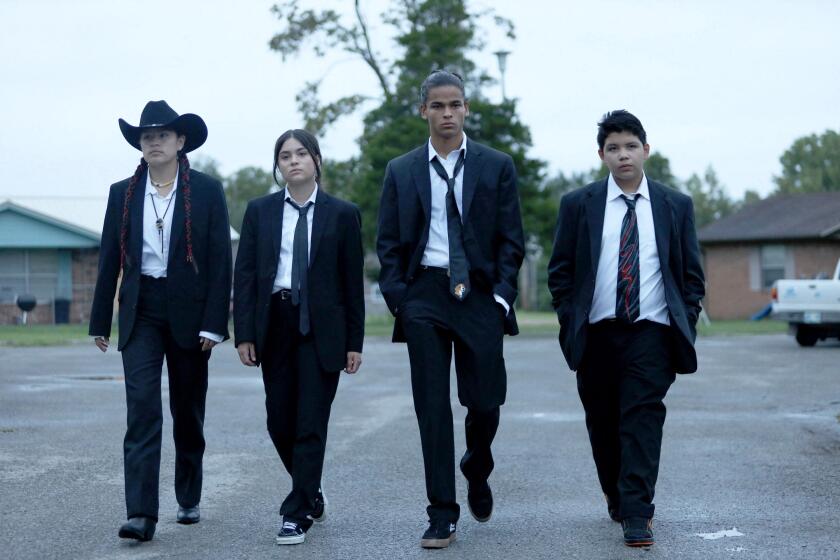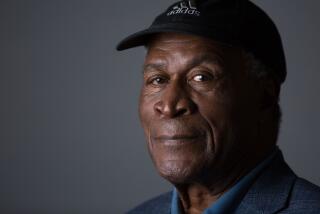âAmerican Rustâ bears a likeness to âMare of Easttownâ â without the sense of humor
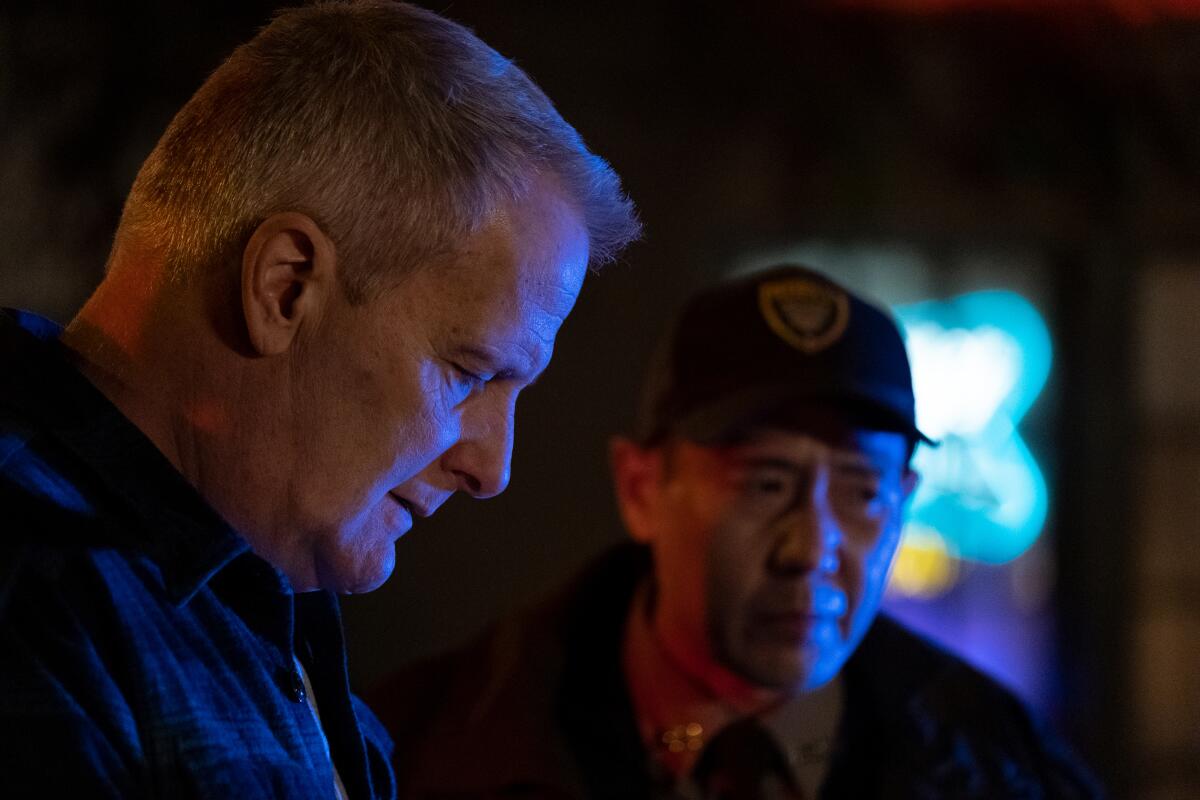
In Showtimeâs âAmerican Rust,â Jeff Daniels plays Del Harris, the police chief in an all but dead Western Pennsylvania steel town (the fictional Buell). A red light goes off in my head when anyone begins a title with the word âAmerican,â as though it promises to tell us something especially definitive about Who We Are, and why our rust, in this case, might be qualitatively different from Canadian, Chinese or Chilean rust. Perhaps I am just tired of American mythmaking.
The 2009 novel on which the series is based, the first by Philipp Meyer, was positively reviewed, won this paperâs prize for debut fiction and landed him on the New Yorkerâs â20 under 40â list of writers to watch. (His Texas-set second novel, âThe Son,â a Pulitzer Prize finalist, was adapted as a 2017 TV series with Pierce Brosnan.) With a nip here and a tuck there, its plot might have served for a Depression-era Warner Bros. B-picture, but it reads well â an intimate book with big ambitions.
As to the adaptation â written by Dan Futterman (âThe Looming Towerâ), with John Dahl (âRed Rock West,â âThe Last Seductionâ and a passel of dramatic television) its primary director â itâs a little hard to judge. Only the first three of nine episodes were available to review, so weâre getting what amounts to a prelude, albeit one in which Futterman has tried to inject as much action as possible. A wedding party encountered by chance becomes a big affair attended by most of the main cast and home to some key encounters. (It also suggests affection for the opening scenes of âThe Deer Hunter,â also largely set in a Pennsylvania steel town.) A single sentence about foreclosure sales and gun-toting protests is blown out into a scene that lets Futterman pit good old boys with rifles against city slickers in suits. So far, it is perfectly all right, the sort of series you might watch more with interest than engagement but which may eventually surprise you â for better or worse.
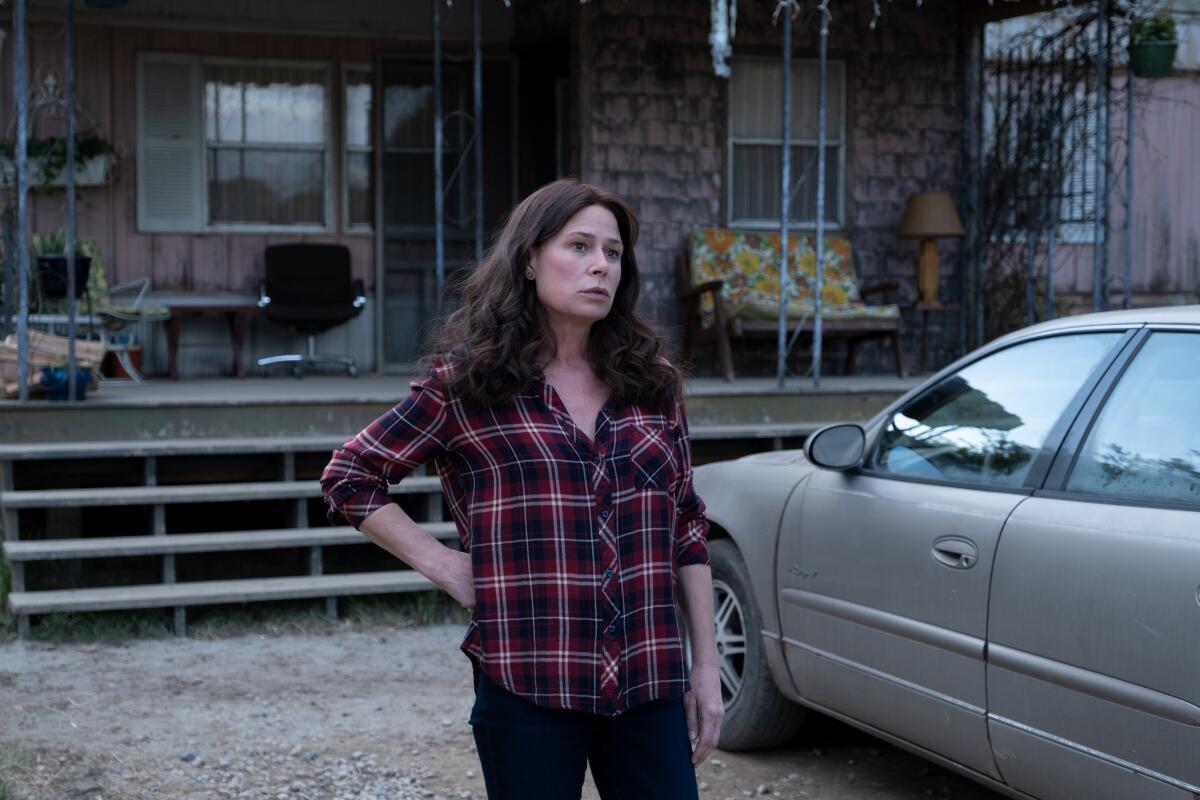
Comparison with âMare of Easttownâ feels unavoidable, if for no other reason than that show is set in the eastern end of the same state, in a similarly if not so extremely distressed small town, with a generous complement of bad and broken marriages, troublesome children, drug problems, a sad and exhausted citizenry and a cop more or less at the center of it. But âMareâ could also be funny (Jean Smart hiding ice cream in a bag of frozen vegetables, for example), where âAmerican Rustâ almost never aims to be. One could argue that by not lightening the load with humor it honors the characters and their stories; I have no problem with that, though itâs not an argument Iâm ready to make.
Apart from Danielsâ character, the story is dominated by two families. There are the Poes: mother Grace (Maura Tierney), a skilled but flagging beadworker who is carrying on (and off) with Harris; her insufficiently separated husband Virgil (Mark Pellegrino); and their son Billy (Alex Neustaedter), a figure of local athletic renown (like Mare, of Easttown), about to emerge from probation after a parking-lot fight six months before. And there are the Englishes: difficult father Henry (Bill Camp, the basement chess mentor in âThe Queenâs Gambitâ), who needs taking care of; son Isaac (David Alvarez), who doesnât want to do that and who is friends with Billy; and Isaacâs older sister, Lee, (Julia Mayorga), who had a thing with Billy in high school but who has made it out of town and is in law school and married to a mostly off-camera person who is rich, handsome and by all appearances nice.
Whether youâre a newcomer or a committed fan, our week-by-week guide to HBOâs crime drama will help you understand all things âMare.â
As things get going, Isaac is about to leave town himself, having conceived the cockamamie idea of riding the rails to California, where they will appreciate the STEM skills that will do him no good in Buell. Billy may or may not come along partway. Before long, a Bad Thing happens.
What alterations have been applied to the novel donât change the larger shape of the narrative but do shift our views of what goes on within it; they make the characters more conventionally sympathetic or dramatically interesting. Grace, who is working her fingers to the bone sewing beads to wedding dresses, gets a union-themed subplot; Isaac, it is suggested, is in love with Billy; Harris is a veteran with post-traumatic stress disorder, just weaning himself off anti-anxiety medications. Futterman has also invented a problematic police officer (Jim True-Frost) to act as a kind of moral heat sink, drawing disapproval away from other characters, and holds back information in order to create that most valuable of serial features, a mystery.
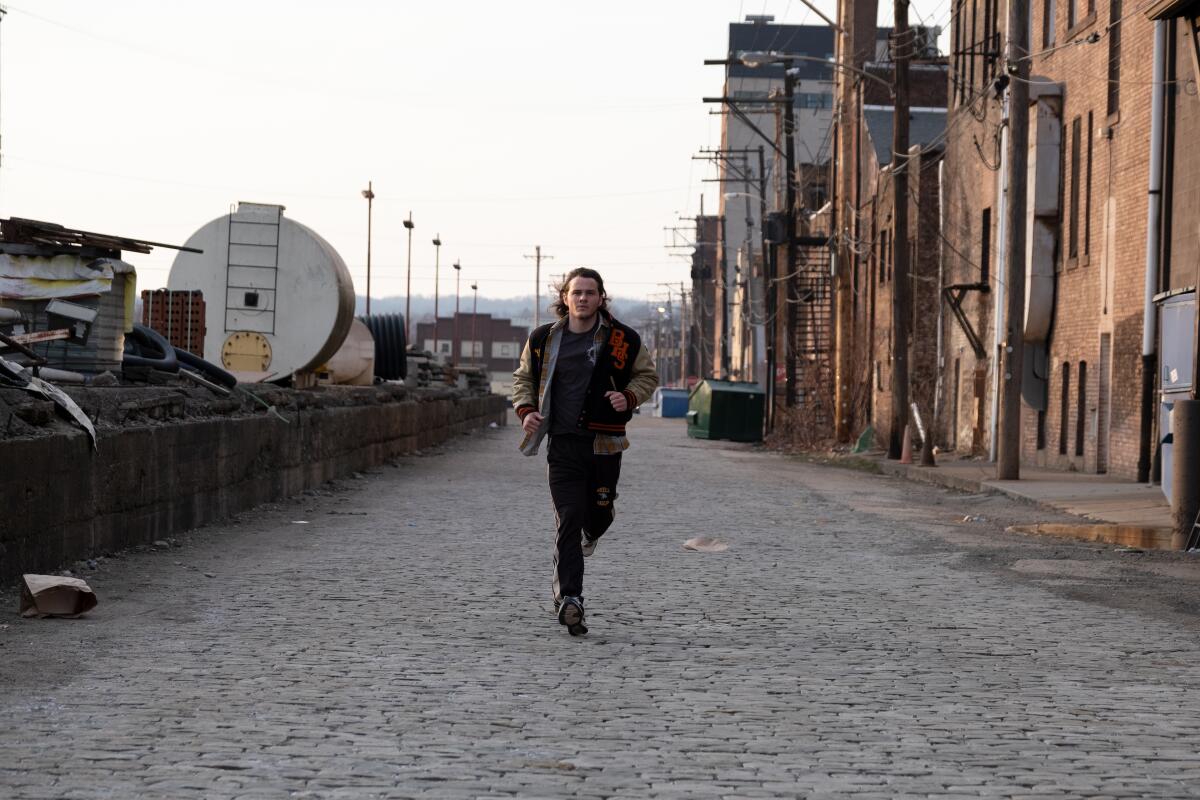
Of course the filmmakers, by which I mean the whole creative and corporate apparatus that decides what gets onscreen and what it looks like, are probably not wrong about what people will watch or wonât watch and what they want from characters â how they like their bad guys and good guys seasoned. There arenât any antiheroes in âAmerican Rust,â just people making bad choices, who might or might not make better ones. (The door is not closed on hope.)
It spends enough time in the head of its several main characters to fairly call each a protagonist, and the series does pay individual (and combined) attention to each. But the added facts of actors and how they look and carry themselves means that some stand out a little more than others; that is just how it goes with charisma. The star performances are fine but difficult to completely assess with only a third of the show seen â actors play long arcs too.
The new comedy, set on an Oklahoma reservation, uses its rich, highly specific sense of place to offer a refreshing take on contemporary teen life.
As Harris, a thick-necked, buzz-cut Daniels turns down the charm, perhaps a little too low â maybe heâs playing the Xanax and Zoloft, maybe heâs just giving himself some headroom to go big later on. I would turn off a show I liked in order to watch Tierney in one I didnât. And with his letterman jacket and leading-man beauty, Neustaedterâs Billy might have wandered the 1,400 or so miles from âFriday Night Lightsâ; heâs the character most closely connected to most of the other main characters, pulled by each in a different direction and so the one most liable to command your attention. (If you are a good-looking guy in a letterman jacket in a miniseries or a movie, you are liable to be a bully or a quiet hero, and Billy is no bully.)
We have seen enough of these down-market dramas to recognize them as a genre, prone to clichĂŠ, romanticizing, sensationalizing, and âAmerican Rustâ is not entirely immune. To be fair, there may be few things trickier to put onscreen than working people in a struggling place, especially when the filmmakers have a point to make rather than a story to tell or know their subject only from a distance. (âReservation Dogsâ does a good job of it but has the advantage of comedy.) Just how âAmerican Rustâ will fare against these headwinds, six more hours will tell.
âAmerican Rustâ
Where: Showtime
When: 10 p.m. Sunday
Rating: TV-MA (may be unsuitable for children under the age of 17)
More to Read
The complete guide to home viewing
Get Screen Gab for everything about the TV shows and streaming movies everyoneâs talking about.
You may occasionally receive promotional content from the Los Angeles Times.
